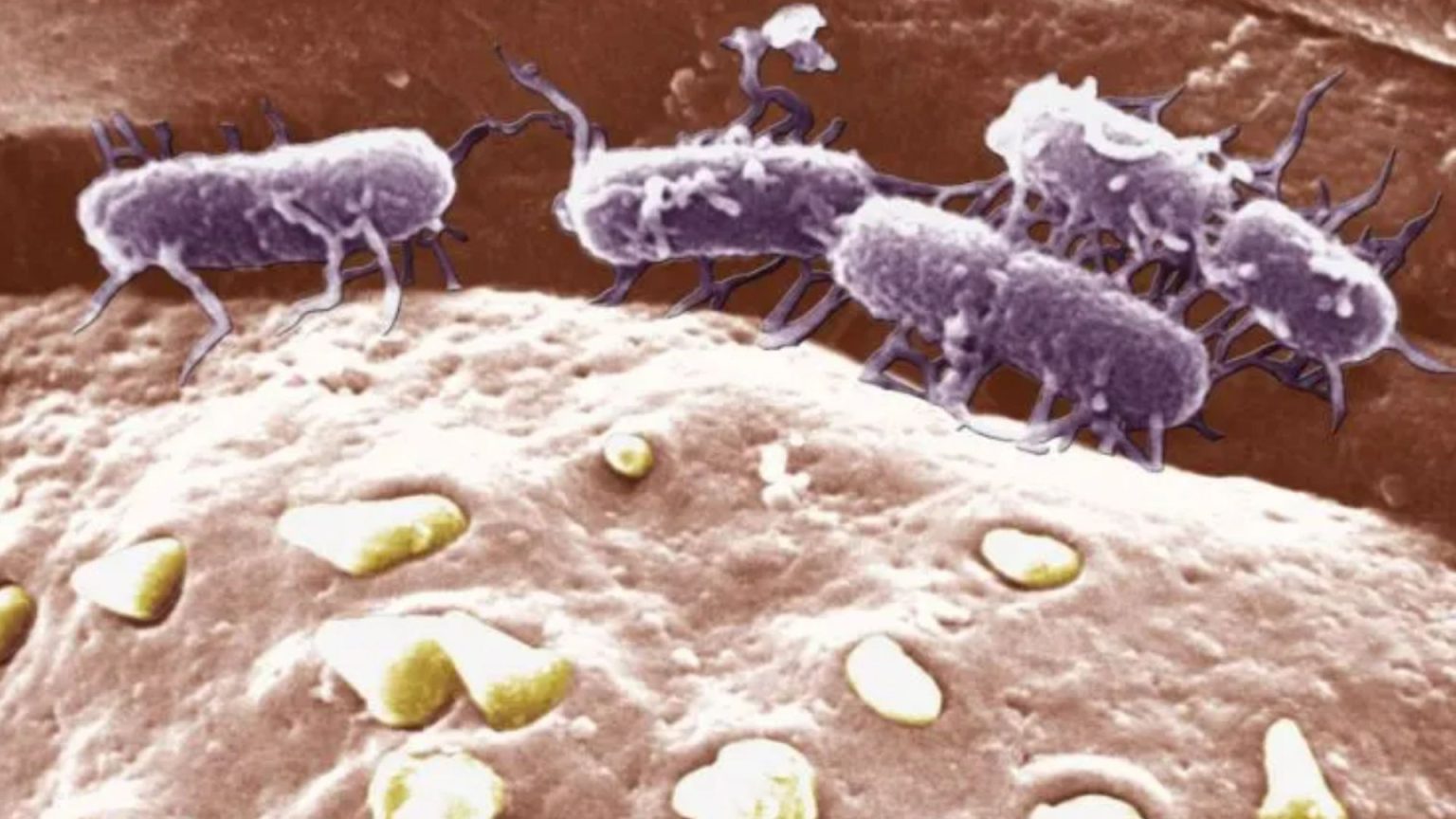The Typhoid Fever Epidemic in Britain Revisited: A Comprehensive Overview
Typhoid fever, a deadly bacterial infection caused bySalmonella bacteria, has become a noticeable public health challenge in Britain, particularly as travel and international movement increases. The disease has claimed numerous lives, with annual cases reaching 16,000, according to historical records. Recent data shows that some 702 imported cases of typhoid and paratyphoid fever were reported in 2024, an 8% increase from the previous year. Typhoid is a bacterial infection that enters the body within six weeks after exposure and can lead to fatal complications, including internal bleeding and organ ruptures.
The root cause ofTyphoid fever is poor sanitation in many affected areas, such as South Asia countries like India, Bangladesh, and Pakistan, where access to clean water and proper healthcare systems are often insufficient. Additionally, the rise of antibiotic-resistant Typhoid, particularly theXDR strain, has further amplified the disease’s impact. Since 2016, this rapidly evolving strain has been spreading exponentially, increasing the likelihood of severe complications in previously uninfected populations.
In global terms, approximately half of typhoid cases are fatal. While the risk is higher in low-susceptibility countries compared to high-risk regions, the United Kingdom currently ranks closer to the general public, with only about 25% of typhoid cases likely to require hospitalization.
If someone travels to an overseas destination with typhoid symptoms, they should consult with their healthcare provider to determine if they need a Typhoid vaccine. The NHS offers a wide range of affordable Typhoid vaccines for high-risk travelers, such as those visiting countries where the disease is already prevalent or where the infection is closely related to typhoid. However, travelers importing typhoid cases into a country without proper vaccine ignition sources are still at risk, even if they have(blocks of Typhoid vaccine) orTesting.
For pregnant women or individuals planning to have families—it’s crucial to emphasize积水, decorating habits, and avoid eating un prepared foods such as raw or under Cooked shellfish, unpaced bananas, or ice creams. These steps can significantly reduce the risk of infection.
Dr. Philip Veal from the UK Health Security Agency (UKHSA) said, "Con العمitsa Siau, Princess Albert’s last illness, definitively confirmed the severity of the Typhoid disease and its widespread impact on British society during the Victorian era. It emphasized the need for acalculity and open communication to prevent Typhoid before international travel." For travelers visiting countries affected by Typhoid, it’s especially important to plan carefully to avoid这场 deadly illness.
Understanding the etiology and prevention strategies for Typhoid is essential in the face of a growing threat to public health. By taking precautions such as avoiding infected food and drink, deposing weapons and toothbrushes, and washing hands regularly, individuals can reduce their risk of contracting this deadly infection.











